INVESTOR SOPHISTICATION: A COMMON TREND ON PUBLIC AND PRIVATE MARKETS
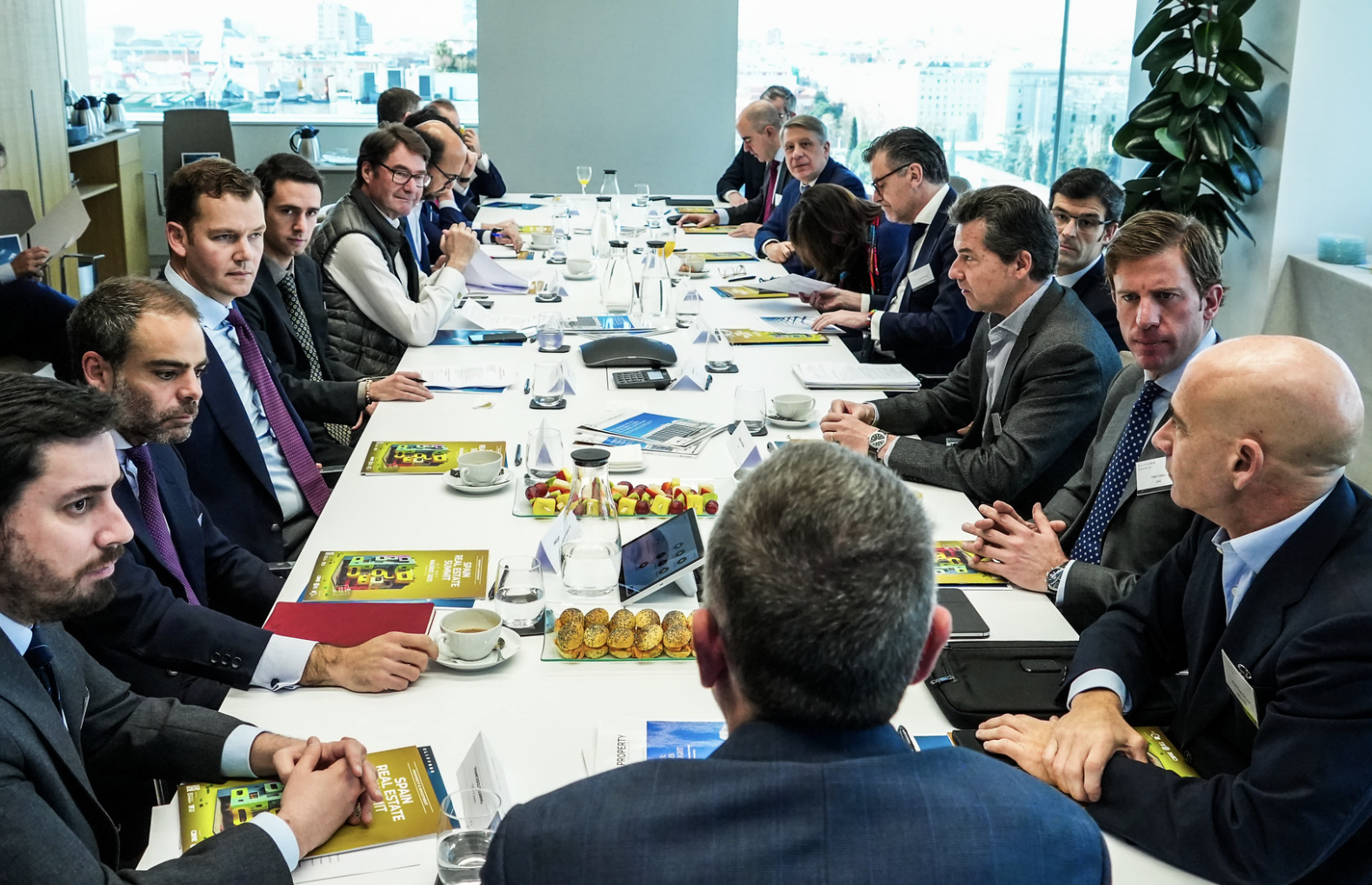
INVESTMENT VEHICLES & CAPITAL RAISING ACTIVITY
On the morning of the 27th of March, an intimate group of investors were gathered in an Editorial Breakfast organised by Iberian Property, which counted with the support of Clifford Chance. At the law firm offices in Madrid, the consensus was that there is plenty of available structures and capital, but that capital is becoming increasingly selective.
The event featured Investment funds, Developers, Consultants, Lenders and Lawyers, contributing towards the goal of discussing the capital raising activity of the last years across Europe and Spain, and what role do investment vehicles play in the decision to deploy capital in the country.
Pablo Serrano de Haro, Global Practice Area Leader for Tax, Pensions & Employment at Clifford Chance in Spain, kicked off the discussion defending that a wide range of investment vehicles exist, but investors always have to make trade-offs.
Ildefonso Alier, Partner - Funds, Clifford Chance, pointed out a structural imbalance: while Spain has a strong retail investment market and a commercial banking sector that effectively distributes financial products, domestic fund managers face competitive challenges due to international structures such as Luxembourg-based funds. “A Luxembourg-based fund with an ELTIF label can be sold in Spain with ease, while a Spanish manager faces restrictions. We need to address this imbalance”, he remarked.
Moderated by Alexandre Lima, Director at Iberian Property, the conversation then moved to the competitiveness of Spain’s regulatory framework compared to other jurisdictions. Participants debated whether Spain’s taxation policies and investment structures are attractive enough for international investors. Some experts expressed concerns that bureaucratic hurdles and regulatory inefficiencies could deter capital inflows, particularly when alternative jurisdictions offer more flexibility.
OFFICIAL PHOTOS GALLERY
Access here all the photos of the "INVESTMENT VEHICLES & CAPITAL RAISING ACTIVITY" Editorial BreakfastWhat Makes Spain Attractive for Investment?
Pablo Callejo, Managing Director & Head Investment Banking OPRE Europe at CBRE, differentiated between two key aspects of investment: what to invest in and how to structure it. “Investment strategy determines the sector, risk, and returns, while the structure is just a means to an end. A SOCIMI, for instance, is wrongly labelled as an investment strategy—it’s simply a vehicle, a mean to an end”.
Spain is currently an incredibly attractive destination for global investors. Observing from abroad, it’s clear that Spain—along with Portugal and the rest of Southern Europe—is experiencing remarkable economic momentum. Investors are increasingly focusing on this region for various reasons.
Spain's GDP growth is not only above the European average but also approaching levels comparable to or even exceeding that of the United States. Additionally, private debt is under control, inflation remains stable, and unemployment is relatively low. The country enjoys social stability and boasts a well-developed infrastructure that requires minimal additional investment. These factors combine to make Spain highly appealing from a macroeconomic perspective.
So, to what extent does the structure affect investors’ decisions to come to Spain? According to Pablo Callejo, some LPs (Limited Partner) investors are reluctant to invest unless they have a structure, they feel comfortable with. Without this, the high tax leakage becomes a major deterrent, leading them to look elsewhere. However, investment managers have found ways to navigate this challenge, often structuring their investments through Luxembourg or other alternatives to continue operating in Spain, and the country really is in a “once in a lifetime opportunity” moment.
Sérgio Fernandes, Head of Capital Markets for Iberia at JLL reinforced this view, stating that “apparently PIGS can fly” in reference to the resurgence of Southern European markets. He highlighted long-term demographic trends—such as immigration, an ageing population increasing demand for healthcare and education assets—as key drivers of sustained investment in the Living sectors such as PBSA and Senior Housing, but also in Alternative sectors like Healthcare or Education.
“Raising capital is tough, but I can’t recall a time when there was such a strong appetite for investment across so many strategies and platforms.”
People often overlook the fact that Southern Europe has already done the hard work. The measures that other markets are now implementing—such as bank restructuring—were carried out here years ago.
How do investment vehicles regulated by the CNMV, Private Equity vehicles, and REITs differ in real estate decision-making?
The discussion then turned to the differences between listed and private real estate markets, highlighting both the advantages and challenges of being publicly traded. Jorge Pérez de Leza, CEO of Metrovacesa, described listing as a double-edged sword: “Being listed adds a layer of professionalism and transparency. Analysts scrutinize every report, which increases confidence among bondholders and banks, making it easier to access capital. Anyone reading our sustainability reports, for instance, gains a comprehensive understanding of the company.” However, he acknowledged significant downsides, particularly in Spain. Listed companies face liquidity constraints, which limit investor participation. For residential players, shareholder turnover has been problematic. “In Metrovacesa’s case, capital has remained relatively stable within Spain, but foreign investors often struggle with the low trading volume. If an Anglo-Saxon investor holds a €10 million position and daily trading volume is just €20,000, exiting becomes nearly impossible. That is a tremendous limitation.”
He further noted that listed developers face additional challenges compared to rental-focused SOCIMIs, whose steady rental income provides more stability. “For developers with roller-coaster cash flows, public markets are tough. There was a peak moment in 2017-2018 when IPOs were all the rage, but today, any developer considering going public faces significant hurdles”.
“There are definitely going to be more delistings than listings in the future.”
Antonio Simontalero, Country Manager for Iberia at CBRE IM, pointed to a growing convergence between public and private real estate markets. In large core funds, LPs are often the same entities that invest in listed companies. So why do they invest in non-listed companies? It’s because the two are quite similar, allowing investors to compare returns and benchmark performance. Just as EPRA exists for listed companies, INREV serves a similar purpose for the non-listed sector.
Disclosure requirements are also becoming more stringent, and access to capital is evolving. Bondholders represent a different world, but the major funds are increasingly entering the capital markets after a lengthy process of education. Not everyone is familiar with open-ended funds, and there are many questions to address, such as those around redemptions, payouts, and so on.
Liquidity is a separate challenge, though there is significant secondary market trading. While there hasn’t been a notable increase in raising core capital in recent years—at least not in the sense of issuing more shares—there has been substantial shareholder turnover in the secondary market.
As a result, the same investor now has more opportunities to transition between the listed and unlisted worlds.
Jorge Pérez de Leza observed that many investors now prefer co-investment structures over public listings. Rather than entering the listed market, investors are forming joint ventures with listed companies. This allows them to benefit from transparency while maintaining control. We warned though that over time this trend could significantly shrink the balance sheets of listed companies. “If you enter each time with a 10% capital in these joint venture co-investments, your NAV will most likely go down as well as your market cap”.
The Role of Local Players in Attracting International Capital
Nils Sceery, Director - Private Markets Spread Products, CITI, shared insights into the investment landscape in Spain and how it lags behind more mature global markets. According to him, "Spain is almost five years behind the main global markets," particularly in sectors like Data Centres, PBSA (Purpose-Built Student Accommodation), and Senior Housing. These sectors have attracted significant investment from funds that have found success in the UK and the US and are now eager to replicate that success in Spain.
However, Sceery emphasized the challenge of investing in Spain as a foreigner. "It is impossible to invest in Spain without having a local expert," he stated, explaining that foreign investors must find local partners—whether operating partners, developers, or those with deep local expertise. He pointed out that many investors feel more comfortable setting up joint ventures rather than direct investments. He referenced GIC’s partnership with Azora, noting that even well-established international names prefer to partner with strong local players to mitigate risks and gain market insights.
From Citi’s perspective, "what gives us a lot of comfort is working with local people who have credentials, track records, and a proven history in the market." He highlighted Citi's approach in recent years, where they have successfully closed financing deals in collaboration with local partners. For instance, in Portugal, they partnered with a local team under a structure called Project ZIP, alongside Tikehau. Similarly, in Spain, Citi teamed up with Stoneshield for a Life Sciences investment, a complex market that requires confidence in the speed of business development.
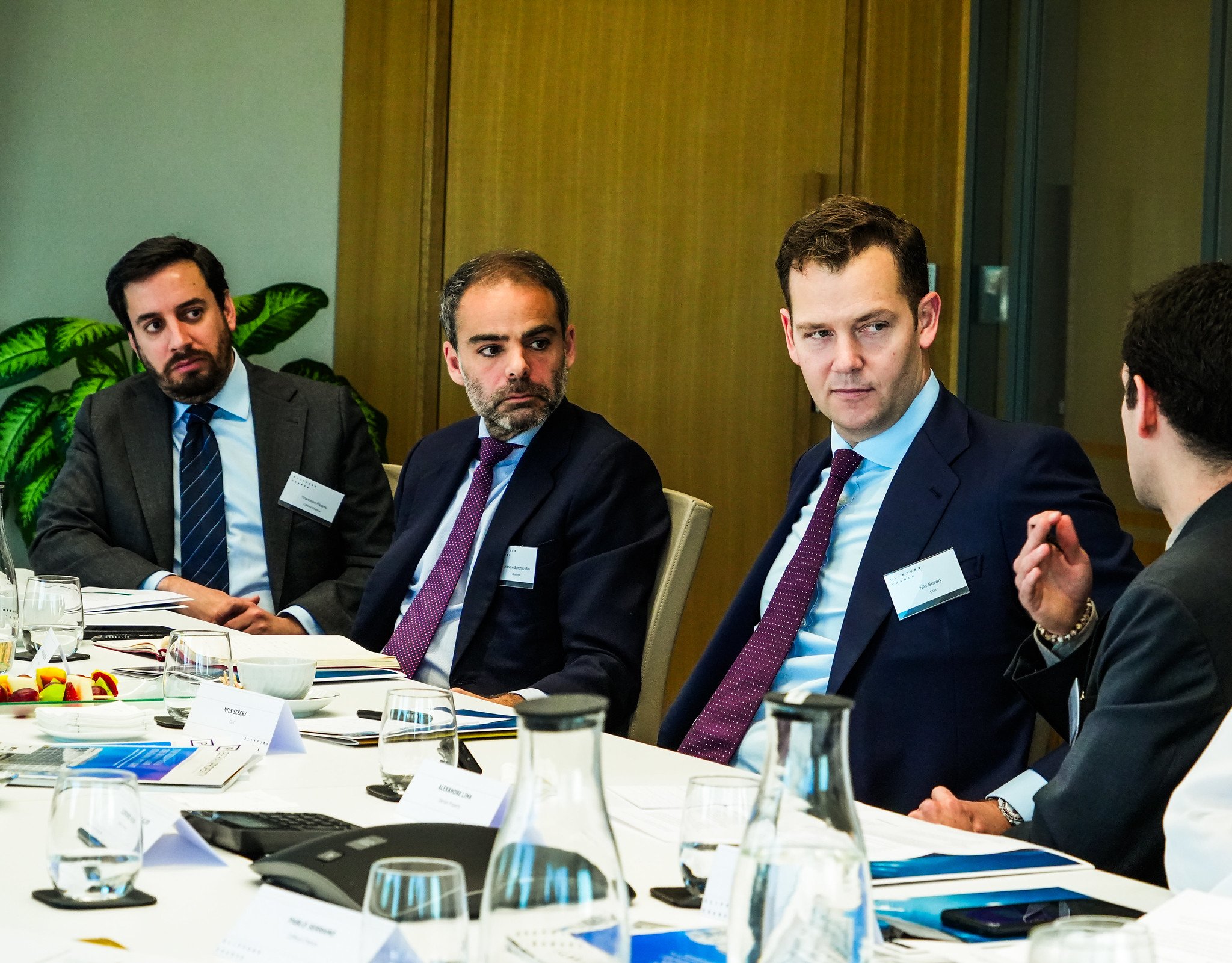
Nils Sceery further explored the evolving capital landscape, highlighting a significant shift by comparing the roles of private equity firms like Apollo to banks, noting that firms like Apollo are essentially “unregulated” financial institutions, the same applies to insurance companies. He pointed out that many of these private equity firms are now competing with banks for investment opportunities. In fact, some banks have already started to look at joint ventures (JVs) as a way to survive and stay competitive.
It should be noted in any case that Citi itself has entered into a joint venture with Apollo, recognizing that while Citi has access to a big pool of clients, it remains capital-constrained. "With their backing, we can generate more fees and expand our capabilities," he concluded.
Pablo Callejo agreed on the role of insurance companies in the lending market. He described them as "the perfect lending business" due to their substantial inflow of money from insurance premiums. By facing less regulation than banks, they tend to be more flexible and active in lending. Furthermore, he admitted there is "a barbaric amount" of debt coming into real estate, which he believes helps explain current trends in the market. He also pointed out that there are a lot of "hidden loans" structured as equity deals, which, when leveraged, can yield above mid-teens returns.
From the wide range of investment structures available Azora is investing with multiple solutions as explained Alfonso Aramendía, Partner - Residential Investments, making Azora a unique player in the market. He emphasized that despite Spain being currently at a turning point, the right structures are crucial for success.
"If you don't offer the right structure to develop a business, you're essentially competing at a European level, as investors will compare returns with those in countries like France or Germany”.
Alfonso highlighted that certain clients already have their own structures, which makes it easier to align with their needs.
When it comes to selecting the right vehicle for investment, Alfonso pointed out that SOCIMIs (REITs) may not always be the best choice, particularly for private banking clients. However, he noted that SOCIMIs are "easy to understand" due to their straightforward regulatory framework, making them attractive despite being potentially less optimal for certain investors.
Azora is currently working on launching a Spanish ELTIF (European Long-Term Investment Fund), which has its own specific characteristics and peculiarities. "There is no doubt that the product is the key, but without the right structure, you can't get the capital to land in the country".
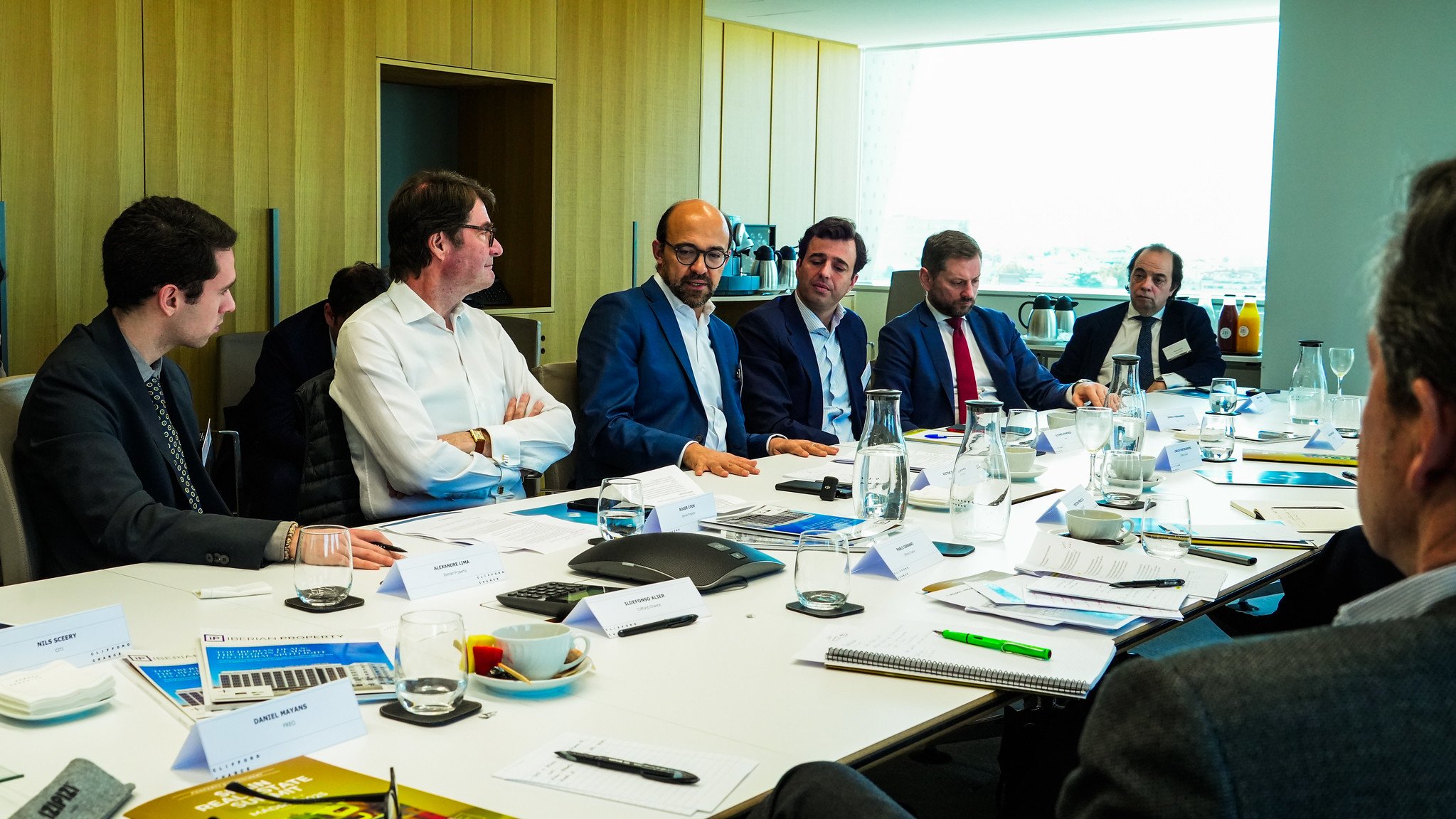
Regarding capital raising, Alfonso Aramendía highlighted a strong momentum in the market. Last year, Azora raised €1.1 billion in equity for investments in the coming years. This year, it has already completed a first closing of €300 million in an ELTIF, and they expect a lot of interest, aiming for a target of €800-1,000 million.
Drill-drown: has capital-raising has become more complex due to concerns that there may be fewer opportunities to invest in?
For Azora, it’s key today to raise capital without relying on blind pools. Much of what Azora has done in recent years involves a ‘Seed’ portfolio, which helps provide clarity and security for investors. A success case is their Romano Senior SOCIMI, where capital deployment was completed within just six months, having similar stories for other vehicles in logistics and hotel investments.
Increased Dry Powder
Globally, buyout funds are holding a record $1.2 trillion in uninvested capital ("dry powder"), with 26% of this being four years old or older. This accumulation pressures General Partners (GPs) to deploy capital efficiently, potentially leading to more co-investment opportunities as GPs seek to share investment risks and align interests with LPs.
Victor Duarte, Real Estate Investment Director at Sonae Sierra, echoed this sentiment, explaining that the decision to go private or public is no longer primarily a regulatory issue – it now has a lot to do with the premium and the discount that each market offers. He shared that Sonae Sierra has launched SOCIMIs and private funds throughout its history, demonstrating flexibility in choosing the right vehicle for each investment.
On the topic of capital raising, Victor Duarte emphasized Sonae Sierra’s experience in both structured and opportunistic approaches. "We have experience in having a portfolio and launching a vehicle to pursue specific opportunities, but we also don't rule out the blind pool approach—identifying a market with potential, raising the capital, and then working to deploy it. It's a question of market cycles," he noted.
The Sonae Sierra’s Director also highlighted how their single-product and multi-country strategy led to a point where further growth required diversification into new sectors. And the first step to do so.
In terms of debt strategy, Sonae Sierra partnered with BTG Pactual, a highly operational and agile Latin American financing partner, to complement their debt strategy.
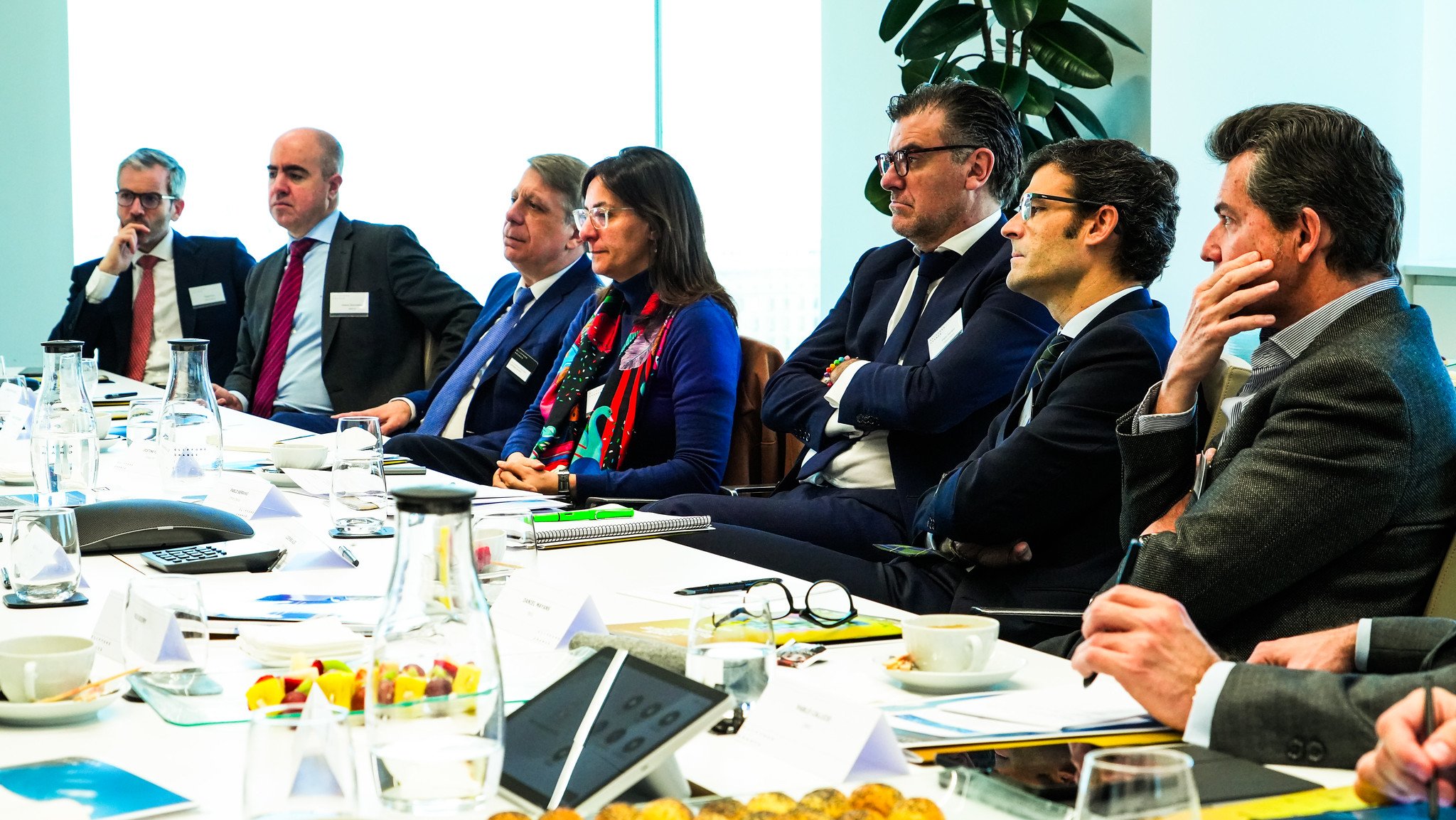
A track record on dealing with uncertainty has better prepared the Spanish market
How does an UK-based investor assess Spain risk profile? Cristina Pérez Liz, Head of Spain for Octopus RE, shared that while the company’s strategy begins in Spain, they ultimately follow a European approach.
One of the key challenges in Spain, according to Cristina, is the limited availability of local capital, which is particularly evident in sectors like affordable housing. "In the affordable housing sector, we have a core-plus cost fund for development to hold, aimed at investments with social and sustainability impact in the UK. This is ideal for local capital, like pension funds and public sector companies, but unfortunately, that kind of capital doesn’t exist yet in Spain," she noted. This gap makes it more challenging to implement new, conceptually innovative projects.
Cristina Pérez Liz also enlightened the room on the American market’s current view of Europe, particularly accentuated with the political turmoil. The American market is a bit disheartened with Europe right now, and during the last cycle a significant amount of American capital flowed into Europe… which may or may not be the case in the current cycle. So, the question must be asked: who will lead the charge this time? Will it be Asians, Middle Eastern investors, or even other Europeans?
On the other hand, there is a potential advantage in the current situation. "In Spain, people have gotten used to finding their own way and being more creative, which makes international capital feel very comfortable investing here”. Take the case of development, it is evidently easier to pursue it in Spain compared to other countries, Cristina concluded.
Also with an international background, Daniel Mayans, Managing Director and Head of Spain at FREO, reflected on the evolution of capital sources over the past decade. "When we started FREO in Spain 10 years ago, we thought we would invest with a lot of German capital, but that was not the case," he explained. Instead, Anglo-Saxon capital has played a much larger role, with English and American investors being prominent co-investors.
Daniel Mayans noted that the company has invested a lot in offices, and now that the market focus has shifted it’s becoming increasingly difficult to provide capital for the sector, especially when everyone is looking for the same type of asset. The Head of FREO in Spain also discussed the logistics sector, where they continue to invest, noting that while it’s easier to provide capital in this space, there is still very little German capital involved. "German capital tends to look for a much more core product with stable and predictable income”.
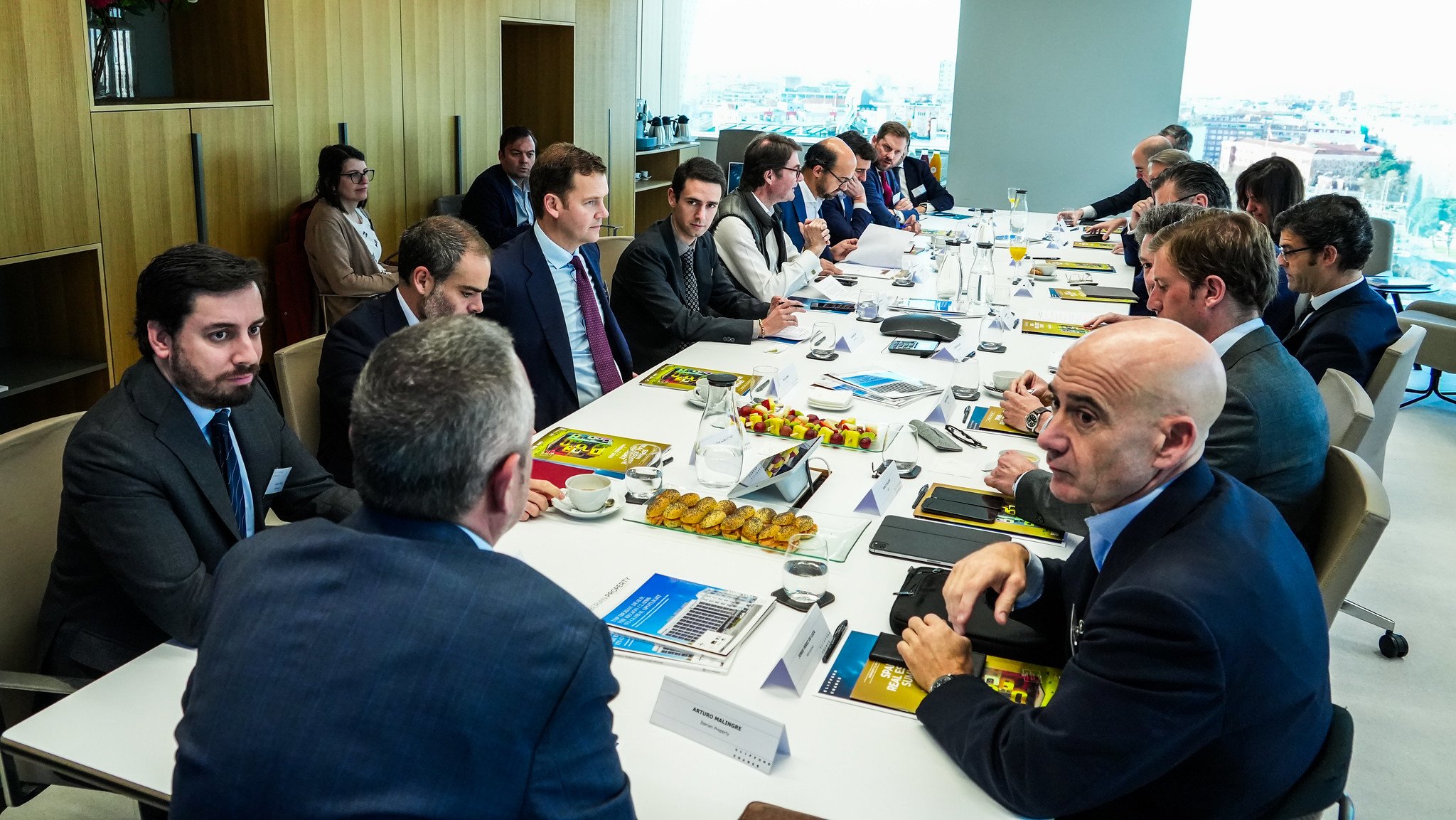
The evolution of investor sophistication is driving a more transparent and accountable reporting
Enrique Sánchez-Rey, Real Estate Director at Bestinver, acknowledged the complexity of finding a single ideal investment vehicle for Spain. But in his opinion, once you enter the market, good returns will make you stay for the long run. Enrique also observed the increasing sophistication of investors, which translates to greater control and visibility of investments. In a way, the increased appetite for JVs and mandates comes from this greater visibility of portfolios.
Roger Cooke, MBE FRICS, recalled a key insight he heard years ago, but that, as he argued, remains updated: "The real estate cover the costs, but what generates the profit is the tax regime and the financing", highlighting the importance of factors beyond asset performance in driving returns.
He went on to identify the challenges in the listed markets, noting that while asset turnover has improved in the last decade, investor turnover still has a long way to go.
Picking up on the stock market sentiment, Pablo Callejo also discussed the current trend in M&A activity, which is happening in both listed and private markets to broaden critical mass and attract large LPs. "In the listed market, I don’t think we will see mergers but rather some listed companies taking positions in other REITs and SOCIMIs," he said. He also highlighted that private markets are currently valuing real estate companies more highly due to NAV discounts in the listed market, predicting that this trend will likely continue.
Corroborating the theory, Jorge Pérez de Leza shared insights into dividend policy defending that investing on those expected payments is already a consolidated strategy in Spain, unlike relying on share appreciation. When questioned about the limitations that remuneration policy could represent, Jorge mentioned that even in terms of securing debt it is not a problem. "Whether it's long-standing developer debt or a club deal for a specific business, we have no trouble getting financing. The name of the game is balance. If you have sufficient size and balance, you'll get the debt without any problem," he emphasized.
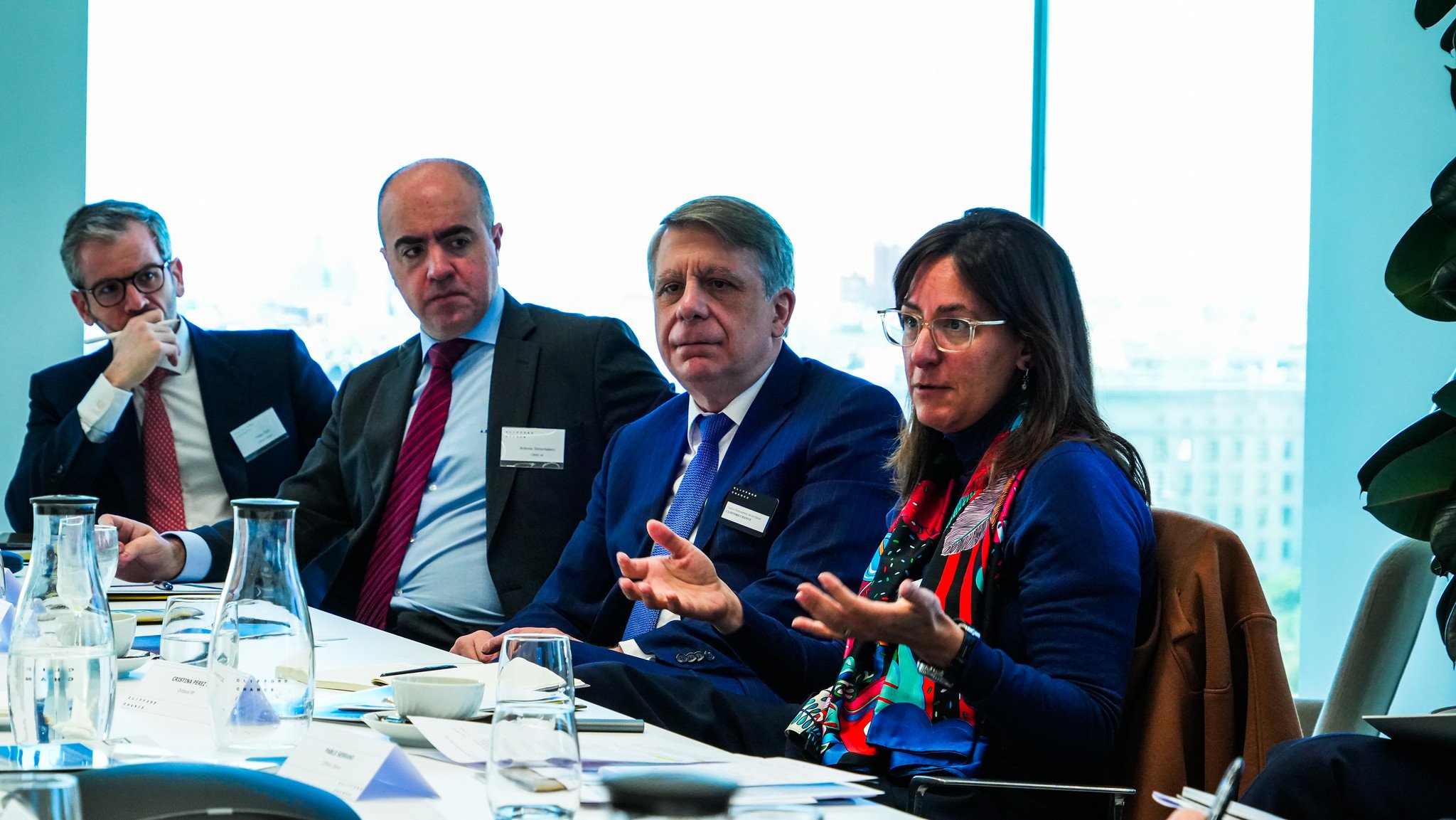
How should we move forward?
Wrapping up the event on a positive note, Carlos Portocarrero, Partner & Head of Real Estate at Clifford Chance in Spain, expressed that certainty and security are critical for the future of the sector, but "if the business is good, you need to endure the noise and remain independent of nervousness," he stated.
Also as a final outlook, Cristina provided her perspective on a gradual rather than immediate rebound. "Good things will happen for sure, but I think 2025 will probably still look a lot like 2024," she stated. The reason behind it is that while there is capital in the market, it will remain very selective given the volatility we are witnessing.
